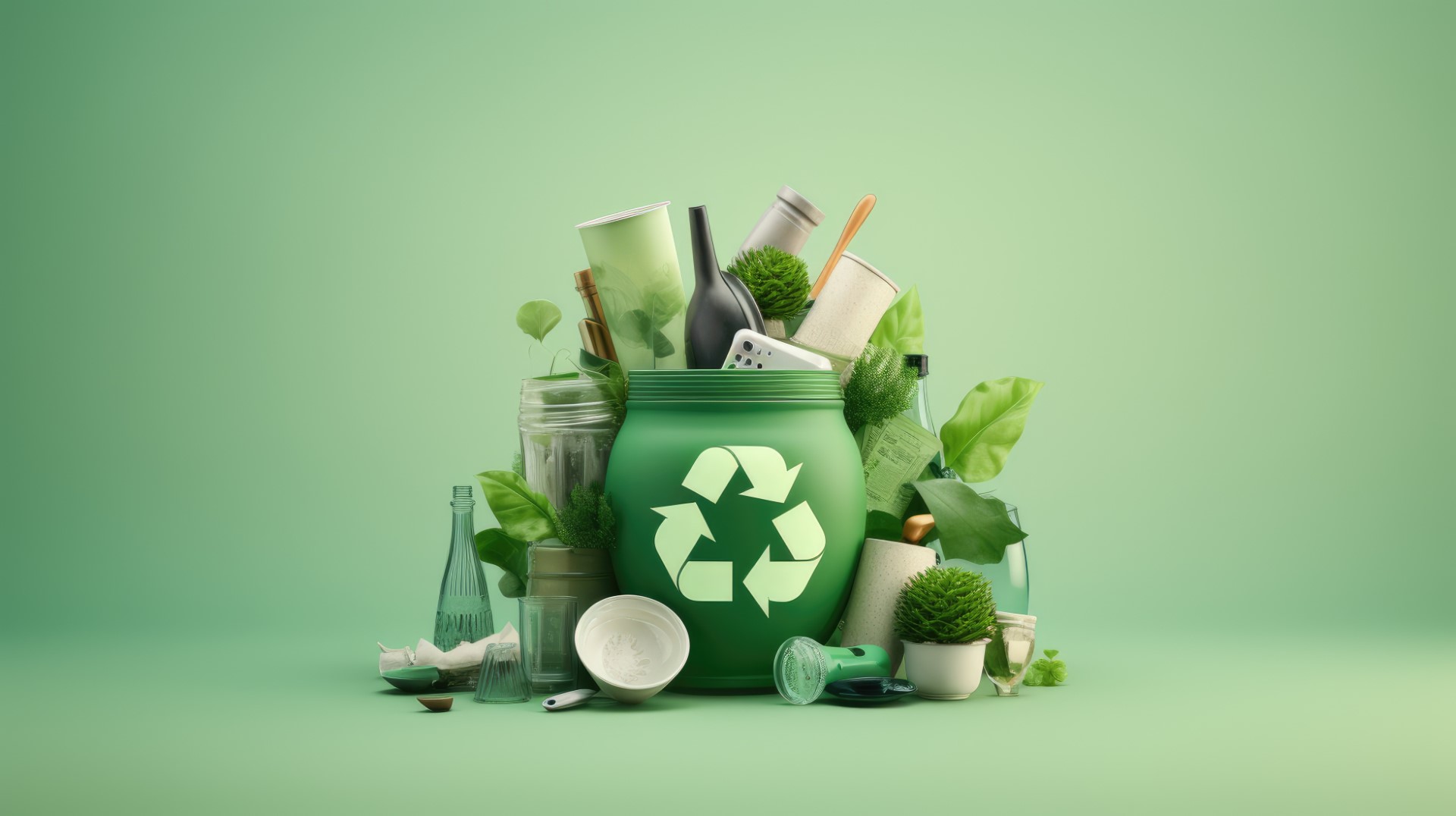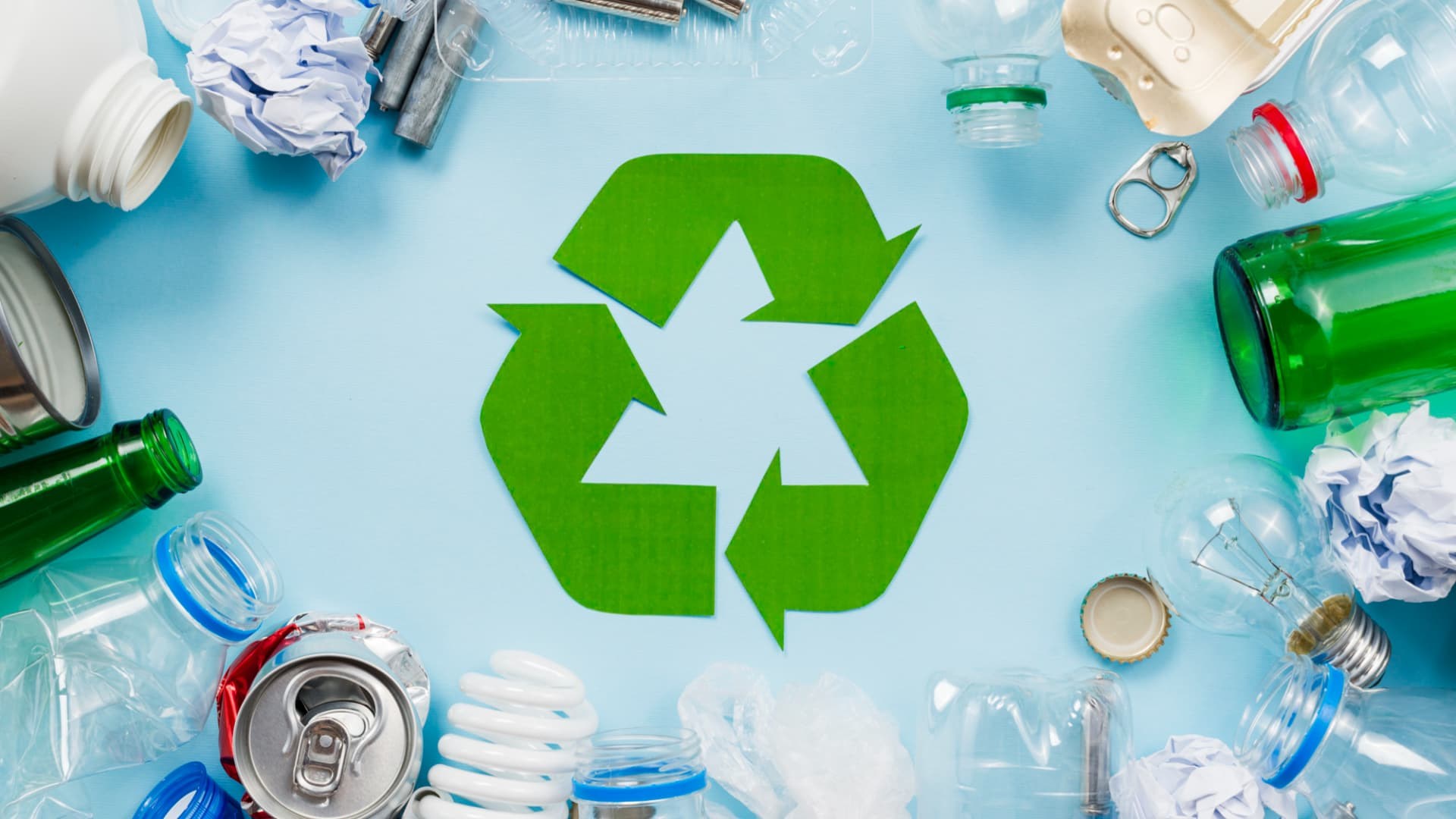Recycling Lives Services: A Total Solution for Business Recycling
Recycling Lives Services: A Total Solution for Business Recycling
Blog Article
Understanding the Classification and Handling of Different Kinds Of Waste
Efficient waste administration is pivotal for environmental sustainability, needing an extensive understanding of the category and handling of various waste types. Household waste, industrial by-products, unsafe materials, digital refuse, and natural residues each demand distinctive protocols to guarantee safety and security and reduce environmental damages. Applying appropriate partition, therapy, and disposal techniques is important to mitigate unfavorable ecological effects and advertise source preservation. The composting of organic waste contrasts greatly with the elaborate treatments needed to manage hazardous materials. This complex method to squander monitoring highlights its complexity and the critical requirement for specialized understanding in this domain name.

Home Waste
Family waste, encompassing a wide range of discarded products created from day-to-day living tasks, represents a significant part of the general waste stream - recycling lives services. This category consists of organic waste such as food scraps, backyard cuttings, and paper items, alongside inorganic materials like plastics, metals, and glass. The diverse nature of home waste demands reliable classification and administration to minimize environmental impact and advertise lasting living methods
Reliable house waste monitoring starts with segregation at the source, facilitating recycling, composting, and safe disposal. Organic waste, as an example, can be composted to generate nutrient-rich dirt amendments, reducing garbage dump problem and improving soil health. Recyclable materials, consisting of paper, glass, and particular plastics, can be refined and repurposed, conserving resources and lowering energy usage linked with new product production.
In addition, hazardous home waste such as batteries, electronic tools, and cleaning chemicals calls for specialized managing to stop dirt and water contamination. Public recognition projects and hassle-free disposal alternatives play critical functions in guaranteeing appropriate disposal and recycling of these materials. By implementing robust waste decrease strategies and promoting area engagement, municipalities can substantially relieve the ecological impact of family waste.
Hazardous Waste
Hazardous waste, a significant factor to worldwide waste generation, encompasses a varied range of products created by manufacturing, construction, and various other commercial activities. This group consists of by-products such as scrap steel, plastics, rubber, chemicals, and other deposits. The composition and volume of commercial waste can vary considerably depending upon the market and production processes entailed. Effective administration of hazardous waste is important for decreasing ecological effect and promoting sustainable practices.
The handling of industrial waste generally involves numerous processes: collection, treatment, disposal, and partition. Collection systems are made to successfully collect waste materials from different sources within a commercial procedure.
Embracing strategies such as waste minimization, resource recuperation, and recycling can substantially decrease the worry of hazardous waste on the atmosphere, adding to more sustainable commercial practices.
Hazardous Waste

The classification of contaminated materials is normally based on its chemical hop over to here and physical qualities. Harmful wastes have unsafe materials that can create adverse health and wellness impacts also at reduced concentrations. Corrosive wastes can damage or ruin living products and tissues. Flammable wastes can quickly fire up, posturing fire hazards, while reactive wastes can trigger surges or launch harmful gases upon call with other materials.
Effective contaminated materials administration includes several vital methods: recognition and partition of dangerous products, safe transportation and storage space, and proper treatment and disposal. Therapy techniques may consist of chemical stablizing, incineration, and neutralization. Regulatory compliance Click Here is important, assisted by frameworks such as the Resource Conservation and Recovery Act (RCRA) in the United States, which makes sure risk-free and ecologically audio management of dangerous waste.
Digital Waste
Digital waste, often abbreviated as e-waste, stands for a growing challenge in waste management due to the rapid obsolescence of modern technology. This classification encompasses a wide series of discarded electronic devices, including smart devices, computer systems, televisions, and household appliances. The intricacy of e-waste depends on its structure; these things include a blend of valuable products such as gold and copper, along with unsafe substances like cadmium, mercury, and lead.

Regulations and regulations, such as the European Union's Waste Electric and Digital Equipment (WEEE) Regulation, goal to advertise liable e-waste administration. These policies mandate manufacturers to assist in the collection and recycling of electronic products, therefore minimizing the burden on land fills and reducing ecological contamination.
Organic Waste
Organic waste, including biodegradable materials such as food scraps, backyard trimmings, and agricultural deposits, comprises a considerable section of the community strong waste stream. This kind of waste is remarkable not only for its volume but additionally for its potential ecological impact otherwise handled properly. Organic waste can break down anaerobically in garbage dumps, producing methane, a powerful greenhouse gas adding to climate modification.
Correct handling of natural waste entails several strategies. Furthermore, drawing away food waste from garbage dumps via donation programs can ease food insecurity while minimizing waste.
Municipalities and services are significantly acknowledging the relevance of organic waste administration. Applying comprehensive organic waste reusing programs not only alleviates ecological influences but see it here also lines up with more comprehensive sustainability objectives, promoting a circular economic climate where resources are consistently recycled and repurposed.
Conclusion
Effective waste management and environmental management demand a detailed understanding of the category and handling of different waste types. House, commercial, dangerous, electronic, and natural waste each need distinct treatments for treatment, segregation, and disposal. Proper management decreases environmental impact, conserves sources, and advertises sustainability. Applying suitable techniques for every waste type guarantees responsible and secure waste monitoring techniques, eventually adding to the security of ecological communities and public health.
Reliable waste administration is critical for environmental sustainability, calling for a detailed understanding of the classification and handling of numerous waste types.House waste, incorporating a broad array of thrown out materials produced from everyday living tasks, stands for a significant part of the general waste stream.Industrial waste, a significant contributor to international waste generation, incorporates a varied array of products generated by production, construction, and other industrial tasks (recycling lives services).Hazardous waste, an essential concern in waste management, comprises products that posture substantial threats to human wellness and the setting due to their toxic, harsh, combustible, or responsive residential or commercial properties.Organic waste, including naturally degradable products such as food scraps, backyard trimmings, and farming deposits, comprises a significant part of the municipal strong waste stream
Report this page